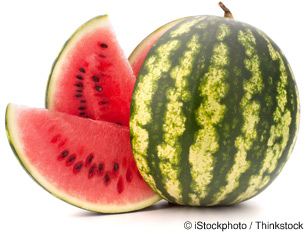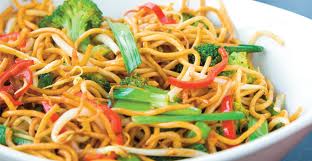Importance of Acai Berry
Author: Ola Thomas | Category: Food Facts, Uncategorized
 Similar to a cross between a grape and a blueberry, the acai (pronounced ah-sigh-ee) berry is a small, reddish-purple drupe consisting of a cluster of seeds, with only around 15 percent or so being edible, harvested from tall, slender palm trees found around the Amazon River basin of South America.
Similar to a cross between a grape and a blueberry, the acai (pronounced ah-sigh-ee) berry is a small, reddish-purple drupe consisting of a cluster of seeds, with only around 15 percent or so being edible, harvested from tall, slender palm trees found around the Amazon River basin of South America.
These berries are also quite perishable, but have significant nutritional attributes when eaten fresh…
11 May 2015




 If you’re like many people, you may start your day with a cup of coffee. According to Health Magazine,1 about half of American adults stick to this daily ritual, despite conventional warnings that coffee might not be all that good for you.
If you’re like many people, you may start your day with a cup of coffee. According to Health Magazine,1 about half of American adults stick to this daily ritual, despite conventional warnings that coffee might not be all that good for you. One of the biggest hurdles people face in maintaining an exercise program is finding the time to do it. Fortunately, modern exercise research shows that you can significantly reduce your workout time while reaping better health benefits, compared to a traditional cardio program.
One of the biggest hurdles people face in maintaining an exercise program is finding the time to do it. Fortunately, modern exercise research shows that you can significantly reduce your workout time while reaping better health benefits, compared to a traditional cardio program. Fear of losing your mind is a pervasive, fear. Among Americans, the notion of losing mental capacity evokes twice as much fear as losing physical ability, and 60 percent of US adults say they are very or somewhat worried about memory loss.1
Fear of losing your mind is a pervasive, fear. Among Americans, the notion of losing mental capacity evokes twice as much fear as losing physical ability, and 60 percent of US adults say they are very or somewhat worried about memory loss.1 Cultivated by the Aztecs 8,000 years ago and still a native crop in Peru, the ancient history of amaranth can be traced to Mexico and the Yucatan Peninsula. Today, it’s grown in Africa, India, China, Russia, throughout South America, and emerging once again in North America.
Cultivated by the Aztecs 8,000 years ago and still a native crop in Peru, the ancient history of amaranth can be traced to Mexico and the Yucatan Peninsula. Today, it’s grown in Africa, India, China, Russia, throughout South America, and emerging once again in North America. Dental caries are caused by demineralization of your teeth (enamel and dentin) by the acids formed during the bacterial fermentation of dietary sugars.
Dental caries are caused by demineralization of your teeth (enamel and dentin) by the acids formed during the bacterial fermentation of dietary sugars. Your gastrointestinal tract houses some 100 trillion bacteria—about two to three pounds worth. In all, the bacteria outnumber your body’s cells by about 10 to 1.
Your gastrointestinal tract houses some 100 trillion bacteria—about two to three pounds worth. In all, the bacteria outnumber your body’s cells by about 10 to 1. In recent years, researchers have formed a strong consensus with regards to the health effects of sitting. In short, the more time you spend sitting, the shorter and less healthy your life will tend to be.
In recent years, researchers have formed a strong consensus with regards to the health effects of sitting. In short, the more time you spend sitting, the shorter and less healthy your life will tend to be. Watermelons have reputed roots in Africa, with the first recorded harvest in Egypt somewhere around 5,000 years ago. From there, they were sprouted throughout Asia and Europe. Colonists brought seeds with them to the New World, where around four billion pounds of watermelons are now produced every year. It’s easily the best-loved fruit in America.
Watermelons have reputed roots in Africa, with the first recorded harvest in Egypt somewhere around 5,000 years ago. From there, they were sprouted throughout Asia and Europe. Colonists brought seeds with them to the New World, where around four billion pounds of watermelons are now produced every year. It’s easily the best-loved fruit in America.